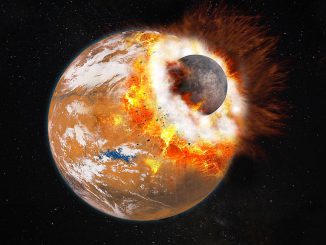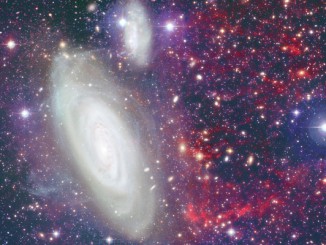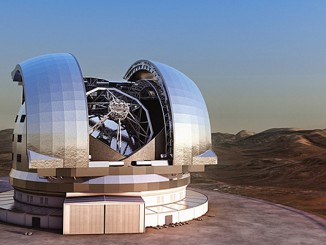
Mystery solved: Martian moons formed by a giant impact
Where did the two natural satellites of Mars, Phobos and Deimos, come from? For a long time, their shape suggested that they were captured asteroids. However, the shape and course of their orbits contradict this hypothesis. Two independent and complementary studies now provide an answer: these satellites formed from the debris of a gigantic collision between Mars and a protoplanet one-third its size.



